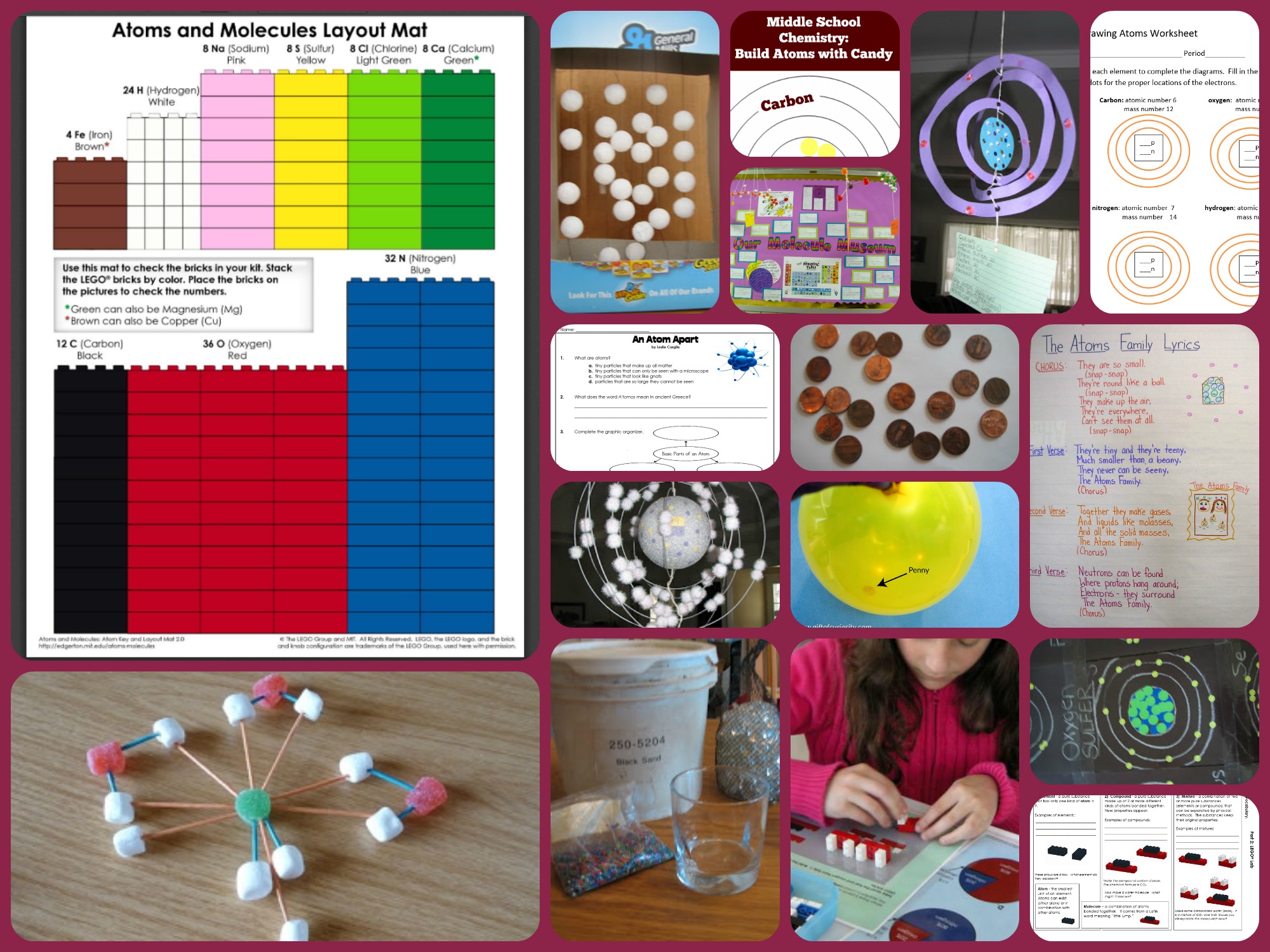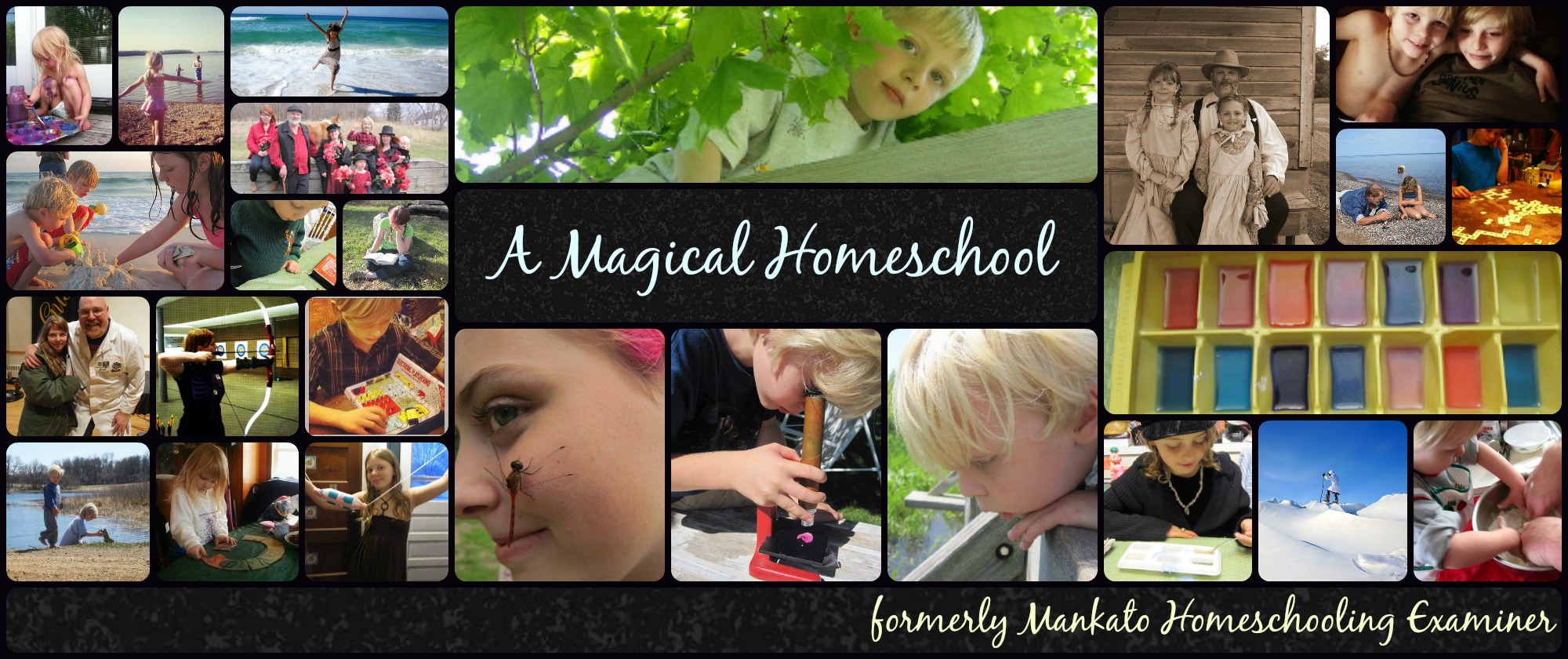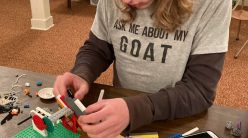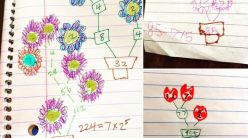
Looking for some fun ways to bring your studies about atoms to life? Luckily, the internet is full of wonderful, hands-on ways for kids to learn about atoms.
Here are all sorts of fantastic, hands-on ways to teach kids about atoms.
~ Sing “The Atoms Family” (Click here to see one family singing it together for an extra credit project for their daughter)
They’re tiny and they’re teeny
Much smaller then a beany
They never can be seeny,
The Atoms Family.CHORUS:
They are so small.
(snap, snap)
They’re round like a ball.
(snap,snap)
They make up the air.
They’re everywhere.
Can’t see them at all.
(snap, snap)Together they make gases,
And liquids like molasses,
And all the solid masses,
The Atoms Family(Chorus)
Neutrons can be found,
Where protons hang around;
Electrons they surround
The Atoms Family(Chorus)
~ Play Atom Bingo, Use Stickers, Pennies and More
Science Matters has a fantastic selection of ideas and projects to teach kids about atoms. Included are:
- Atoms: Is it full?
- Sticker Atoms
- Atoms/Periodic Table Bingo
- Tasty Atomic Models
- Half-Life: The Penny Model
- Atom Models
- Rutherford’s Gold Foil Experiment
~ Build Elements with M&M Atoms
Education Possible offers a fantastic free lesson plan complete with printables to teach kids how to create their own elements such as sodium, helium and arsenic with colored candies such as M&Ms or Skittles (kids could also use manipulatives such as dragon tears or mini pompoms). The packet includes instructions, a list of suggested common elements to build, a blank candy element template, an example element (carbon), and element property cards to fill out.
~ Use LEGOs to Learn about Atoms, Chemical Reactions, Compounds and More
MIT’s Edgerton Center offers extensive lesson plans that includes “wet lab” chemistry experiments and also includes activities that use LEGOs to recreate chemical reactions, build compounds and more. There are lots of colorful printables, handouts and other great resources to make the lessons as simple or sophisticated as you like to suit your kids. The lessons that include LEGOs to teach about atoms include:
~ Make an Atom Smasher
Gift of Curiosity offers simple instructions to make a model of an atom smasher with just a balloon and penny.
~ Build 3-D Elements with Candy Atoms
Highhill Homeschool has a wonderful activity that uses gumdrops, mini marshmallows and toothpicks to make models of elements.
Not only will the kids get a great understanding of how atoms interact to form molecules, but it shows how kids can experiment to learn even more on their own.
~ Use Free Printables
Printable Worksheets offers a really fantastic selection of free printable worksheets from all over, including handouts, crossword puzzles, worksheets for drawing atoms and tons more. This is a really wonderful resource!
~ More fun with Atoms
Scholastic Teachers offers a great write-up of one teacher’s activities and anchor charts that she used to introduce her third grade students to atoms, elements, polymers and more.
Before you start:
To help kids remember the basics, you can ask them to copy definitions like these into their science notebooks or on some colorful cardstock (or just print it out yourself):
What is an atom? Ducksters, an educational website for kids, says:
The atom is the basic building block for all matter in the universe. Atoms are extremely small and are made up of a few even smaller particles. The basic particles that make up an atom are electrons, protons, and neutrons. Atoms fit together with other atoms to make up matter.
There are different kinds of atoms based on the number of electrons, protons, and neutrons each atom contains. Each different kind of atom makes up an element. There are 92 natural elements and up to 118 when you count in man-made elements.
How are atoms related to elements? Jefferson Lab offers an ice cream store analogy that kids may helpful. They summarize:
element – a basic substance that can’t be simplified (hydrogen, oxygen, gold, etc…)
atom – the smallest amount of an element
molecule – two or more atoms that are chemically joined together (H2, O2, H2O, etc…)
compound – a molecule that contains more than one element (H2O, C6H12O6, etc…)
Have fun!




